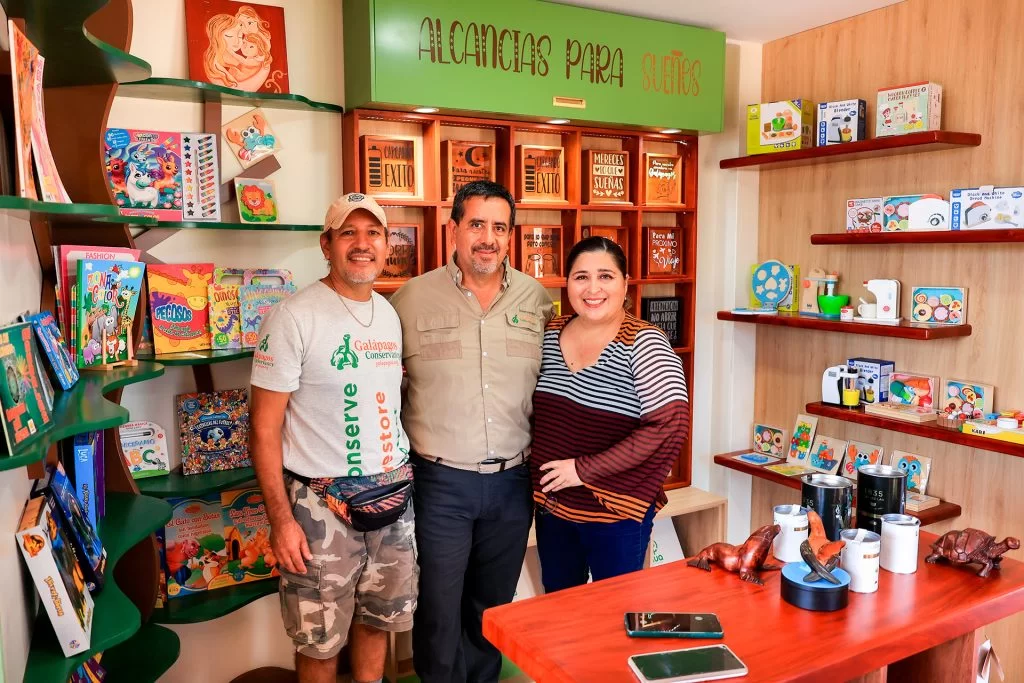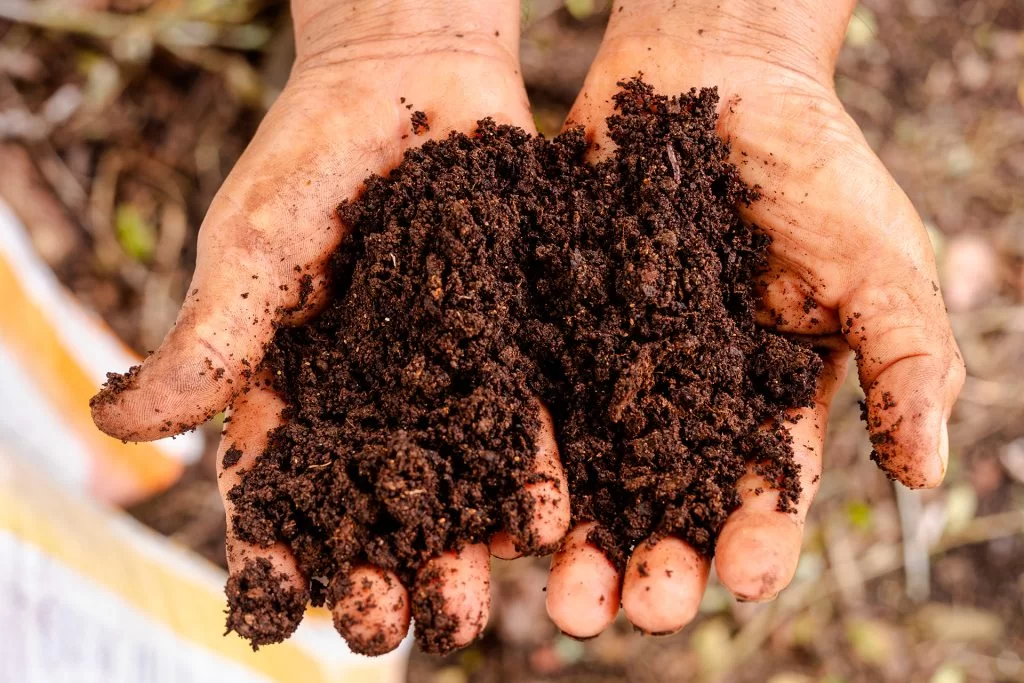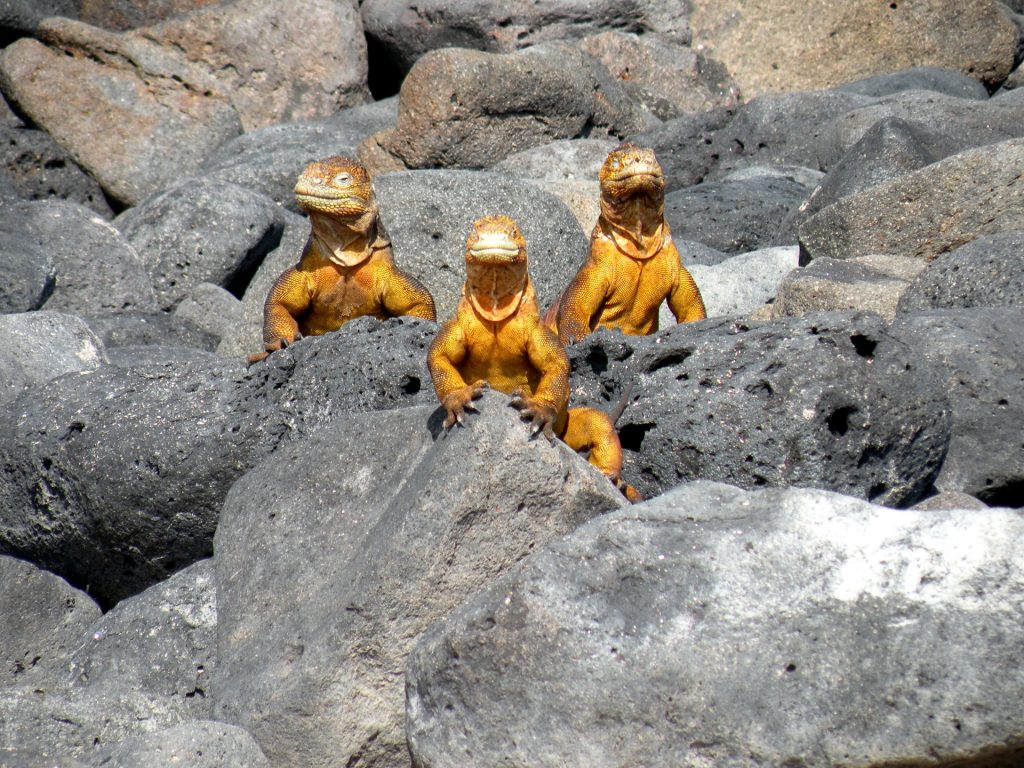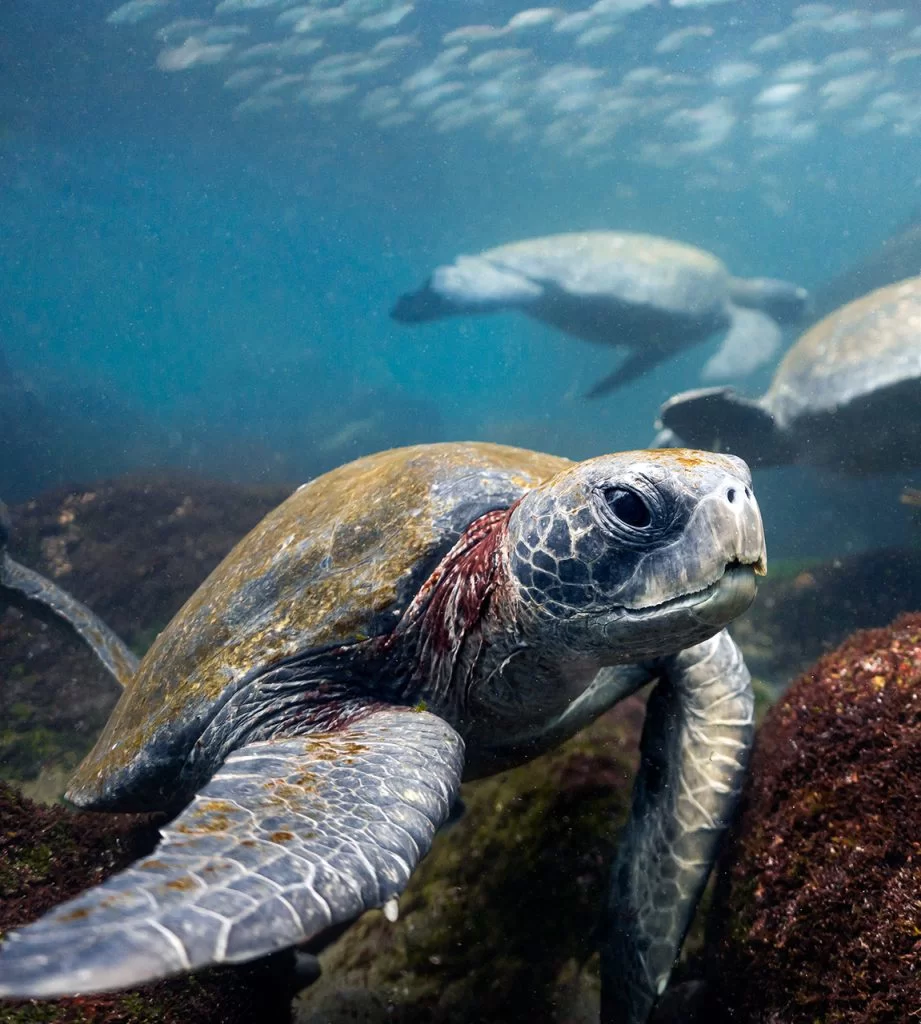Galapagos is home to two main lobster species: the red lobster ( Panulirus pnicillatus), and the green lobster( Panulirus gracilis). These spiny lobsters have spiky thick antennae, two frontal horns, and are both clawless. The red lobster is found in shallow, clear waters while the green lobster prefers sandy beaches of mangrove bays.
Lobster fishing has grown significantly in Galapagos since the 1960s. It was once the most profitable marine resource of the archipelago. Overfishing has led to a decrease in lobster populations and the need for urgent regulations to ensure sustainability. These regulations include fishing seasons, quotas and allowed sizes.
The spiny lobster fishing season began on August 28, following a population survey and dialogues with representatives of the Galapagos National Park Directorate, as well as technicians from the Galapagos National Park Directorate. The sea cucumber season will end on October 1, and lobster fishing will continue until December 31. The Galapagos Lobster’s conservation is vital, not only because of its economic importance, but also due to its role as an essential part of the ecosystem. It feeds on marine animal wastes and helps purify the surrounding environment.
[/one_second]

Lobsters have been a valuable commercial resource in Galápagos since the early 1960s, contributing significantly to the income of the archipelago’s fishermen. ©Galápagos Conservancy
[/one_second]
Santa Cruz fishermen have been actively involved in conservation efforts to protect lobsters. They work with the relevant authorities and organisations in order to ensure their long-term sustainability. Selective capture is one of their key strategies, allowing them to release lobsters that are not the right size or have eggs.
Our Director of Conservation Dr. Jorge Carrion stressed that Galapagos Lobsters are not just a delicacy, but also a vital indicator of the health of the marine ecosystem. He said that “their conservation not only safeguards this valuable natural heritage, but also ensures prosperity and harmony for future generations in this archipelago.”

The green lobster (Panulirus gracillus) in Galápagos prefers habitats with rocky and sandy
bottoms in murky waters, often found in bays with mangrove ecosystems.
Birth of an Idea
Vanessa Garcia, a local entrepreneur, and her husband Marlon share a passion for woodworking, which led them to launch a business selling wood furniture. To solve the issue of excess materials, they decided to create eco-friendly piggybanks. Much to their surprise, the first batch of 10 sold out within three days. The initial success of the product inspired the creation of more items, and the increasing popularity of handcrafted products led to the opening a physical shop in April this year.
Circular Economy and Sustainable Development
Nua Ecoregalos, as well as being a shop, is also a philosophy. The mission of Nua Ecoregalos is to promote circular economies by selling handmade products and sustainable items, like reusable water bottles that encourage reuse and reduce waste. Vanessa’s vision, determination, and the name of her venture are reflected in its name: “Nua”, which means woman in Shuar (an indigenous language spoken in Ecuador), and “Ecoregalos”, a Spanish portmanteau meaning eco-friendly gifts. Vanessa is passionate for long-term solutions that reduce the consumption of single-use plastics. She encourages this change in the local community by Nua’s Nua products and through social media.
More than a store: A literary corner
Vanessa and Marlon expanded their vision when they added a literary section in their store. The cozy book nook allows customers of all ages browse popular titles and children’s books, improving customer service while encouraging a love of literature in both locals as well as visitors.

Our general director, Washington Tapia, attended the opening of NUA Regalos on San Cristóbal Island, where we now have a new reading space. ©Galápagos Conservancy
Impact and Future
Nua Ecoregalos represents more than a business. It is a potential community-changer when innovation and sustainability meet. With the support of Galapagos Conservancy this venture demonstrates that economic development and conservation are compatible, and lays the foundation for a more sustainable future in the Galapagos Islands.

The iconic Galapagos Tortoise is a must-have in NUA Ecoregalos’ crafts, where we make
the most of carpentry wood scraps, transforming them into pieces of art. ©Galápagos Conservancy
Novarino Casillo: Local Champions Spotlight
Novarino Castillo is an example of this progress. A local farmer, his vision to build a greenhouse was given a boost by Galapagos Conservancy. Novarino Castillo’s farm is nine miles from Puerto Ayora and a great example of responsible agriculture. It produces a variety of organic products, including eggplants, papayas, and more. This project not only supplies the local community with food, but it also does so without damaging natural habitats.
Composting is essential for sustainable agriculture
Novarino’s farming philosophy is based on composting organic waste. Compost is a rich organic fertilizer that improves soil health without chemical additives. Novarino said, “This allows me farm without chemicals and contribute to the care for the Galapagos Islands while offering healthy food to my community.”
Mission and Approach of Galapagos Conservancy
Galapagos Conservancy’s initiatives are guided by our unwavering commitment to ecological conservation and sustainable development in Galapagos. Novarino is one of our active projects that encourages environmentally responsible farming. Promote productive and sustainable farming to ensure a steady supply of fresh foods while protecting fragile ecosystems. Such projects also fuel local economic development and encourage community participation in conservation efforts.

Novarino creates compost from decomposed organic materials, which he uses as organic fertilizer to enrich the soil and improve its fertility. ©Galápagos Conservancy
Community Engagement and Economic Development
Local farmers play a crucial role in the fight for conservation on the Galapagos Islands. Galapagos Conservancy supports citizen-led initiatives to provide sustainable solutions that will benefit the islands’ unique ecosystems and long-term health. We continue to innovate in Galapagos by combining community involvement and collaborative efforts to find ways to balance human activity with environmental responsibility. This blueprint for sustainable living resonates beyond the islands.

By promoting and strengthening conscious agricultural and livestock practices, we ensure the availability
of fresh food without endangering the delicate ecosystems of the Galápagos. ©Galápagos Conservancy
The yellow iguanas inhabit the lowlands in Galapagos. They were once widespread throughout the archipelago but are now restricted to a few places. Among them are three islands – Baltra, North Seymour and Santiago – whose fates past and present are closely intertwined.
This is the story
Galapagos Conservancy staff and Galapagos National Park Guards conducted a survey in 2022 of all iguanas across the islands. This included Baltra where land iguanas were extinct, but they have been reintroduced. Around the time of World War II, U.S. soldiers brought these iguanas to North Seymour as a joke from Baltra. Nearly 4,000 individuals now inhabit the island, a large number for such a small place. Iguanas have become so numerous that they are destroying the ecosystem of the island, which was not designed to accommodate them.
Not long after the war the Baltra population, which was the origin of North Seymour’s iguanas, went extinct – largely because introduced cats preyed on them. About 50 years after the cats were removed, iguanas from North Seymour were introduced to this island.
Recent island-wide surveys show that Baltra’s population of iguanas has rapidly rebounded. Nearly 2,500 of these fascinating creatures are now out and about. This is good news for the yellow iguanas but it could also mean more conflicts between humans and the reptiles on Baltra, especially at the airport where they have started to bask on the runways.
Where does the third island of Santiago fit in this story? The island used to be home to a large population of yellow-colored iguanas. Darwin commented on the fact that it was hard to pitch a camp in Santiago because there were so many burrows. The species was also eliminated in this area after invasive species decimated iguanas and their young.
Santiago is now a perfect habitat for iguanas. It could soon be the focal point for the translocation of land iguanas in North Seymour.
Galapagos Conservancy is planning an important mission to Santiago in 2023 to determine how to fully populate the island with yellow iguanas. This would allow the rapid rebuilding on Santiago, while also removing land iguanas in North Seymour where they don’t belong. Baltra would recover independently.
The story of three islands with their iguanas illustrates how interconnected efforts are in order to restore species on Galapagos. Scientists must take into account the unique characteristics of each island, while also adapting to any new opportunities that may arise.

Yellow land iguana ©Daniel Schweich
The majestic whale shark
The azure water surrounding the Galapagos Archipelago is home to a marine mystery that has captured the attention of explorers as well as nature lovers. The majestic whale shark is drawn to these waters for mysterious reasons. This story is about dedicated research, and the mission to preserve an iconic species.
Whale sharks (Rhincodon Typus)
The world’s biggest fish, it can exceed the size of a car. The skin of this fish is covered in white spots that create a pattern similar to a marine fingerprint. The majestic creature is found in tropical waters all over the world, and leaves an impression on anyone who has the good fortune to see it.
The mystery
Behind their beauty lies an interesting mystery. Researchers are trying to uncover a mystery about the Galapagos Whale Sharks: 99% are females, and appear pregnant. The islands are playing a vital role in the conservation of this species. Whale sharks migrate to Galapagos from July to September in what seems to be a long journey. Galapagos waters are home to expectant mothers who entrust their future to us. Galapagos Conservancy is at the forefront of this new era in research and conservation.
In 2021 and 2020
Galapagos Conservancy teamed up with researchers Jonathan Green, and Sofia to study the reproduction and life of whale sharks on the islands. The goal of the project was to uncover the secrets behind these magnificent creatures and help ensure their survival.
The Dr. Jorge Carrion
Our Director of Conservation pointed out that, beyond their beauty and rarity on the Red List of the International Union for Conservation of Nature, whale sharks were classified as endangered. Studying these giants allows us to better understand their ecological importance in the archipelago. He said that the importance of this research cannot be understated.
The balance
It is vital to ensure marine balance in the Archipelago that every effort be made to study and preserve whale sharks. Whale sharks are a keystone species in the oceans and play a crucial role in marine ecologies. Its presence maintains balance in the marine food web by regulating the population of prey. Its migratory behaviour also contributes to the circulation and health of ocean ecosystems.

Scientists tagging a Whale Shark in Galápagos © Sofia Green
Save and protect this species
As guardians of the planet and lovers of nature, it’s vital that we all commit to protect these magnificent creatures in future generations. Each effort we make to protect these magnificent animals will have a direct impact on their survival, as well as the health and resilience ocean habitats that are vital to life on Earth. We can make sure that future generations will be able to enjoy the beauty and richness of the oceans, and the whale shark, by uniting for this noble cause.
Whale Shark Day
Carrion said, “Every August 30th International Whale Shark Day gives us an opportunity to emphasize the importance of conserving a magnificent species.” We invite you join us in this valuable mission to ensure that whale sharks will continue to gracefully glide across the waters we all cherish.
The conservation of the ‘Enchanted Islands’ is a monumental task that the Galapagos National Park Directorate (DPNG) has taken on with firmness and passion. The 314 park rangers that make up the institution carry out a vital mission daily, protecting every corner of this world heritage. However, this effort shouldn’t be only a task for a few: continuous integration and collaboration with local communities and visitors are essential to ensure sustainable and conscious use of Galapagos’ natural wealth.
Working together with the DPNG is essential for our General Director, scientist Washington Tapia. This collaboration with the park rangers goes beyond a simple alliance; it’s a vital strategy. “Our purpose is not just to manage resources from the US to Galapagos. We are committed to ecosystem restoration and species recovery. Moreover, it is fundamental for us to promote projects that place the community at the center of conservation,” states Tapia.
The Galapagos Archipelago, being the first site to be included in the UNESCO World Heritage list and meeting its four criteria, stands out for its uniqueness and global relevance. This distinction is due to its impressive natural beauty, its rich and unique species diversity, its volcanic origin, and its ever-changing geological dynamics. The presence of numerous animal and plant species, exclusive to these islands, underscores the significance of Galapagos as an invaluable legacy for all humanity. The 234 islands, islets, and rocks that make up the archipelago, according to the Galapagos Protected Areas Management Plan, house unique ecosystems that captivate and amaze the entire world.
Commemorating the 45th anniversary of the Galapagos Islands’ designation as a Natural World Heritage Site is not merely an act of celebration but a constant reminder of the responsibility that comes with protecting and preserving this biodiversity sanctuary. This distinction, beyond being an honorary title, is a call to action for both institutions and the global community to work together in conserving a place that, in essence, belongs to each and every one of us.
